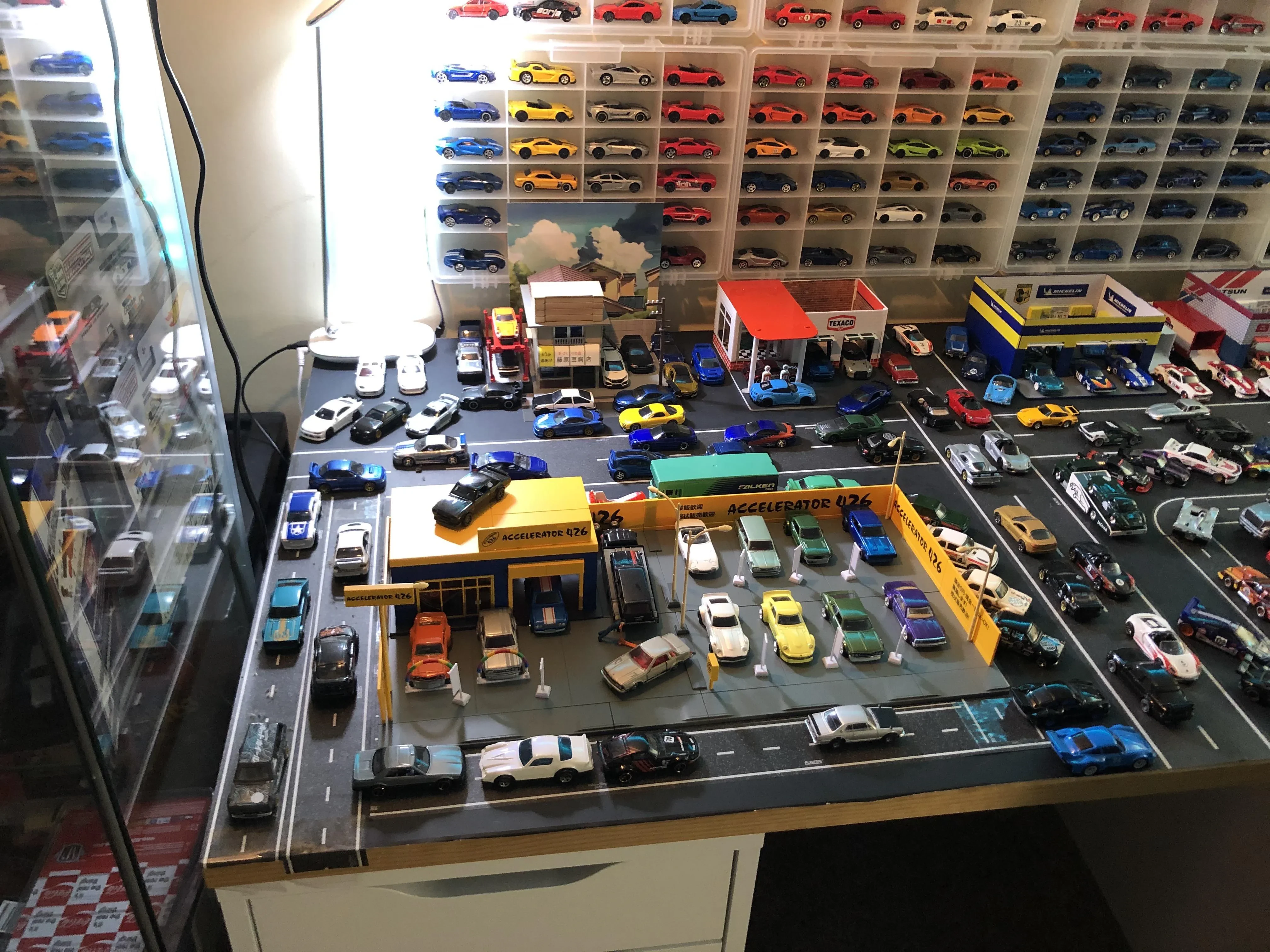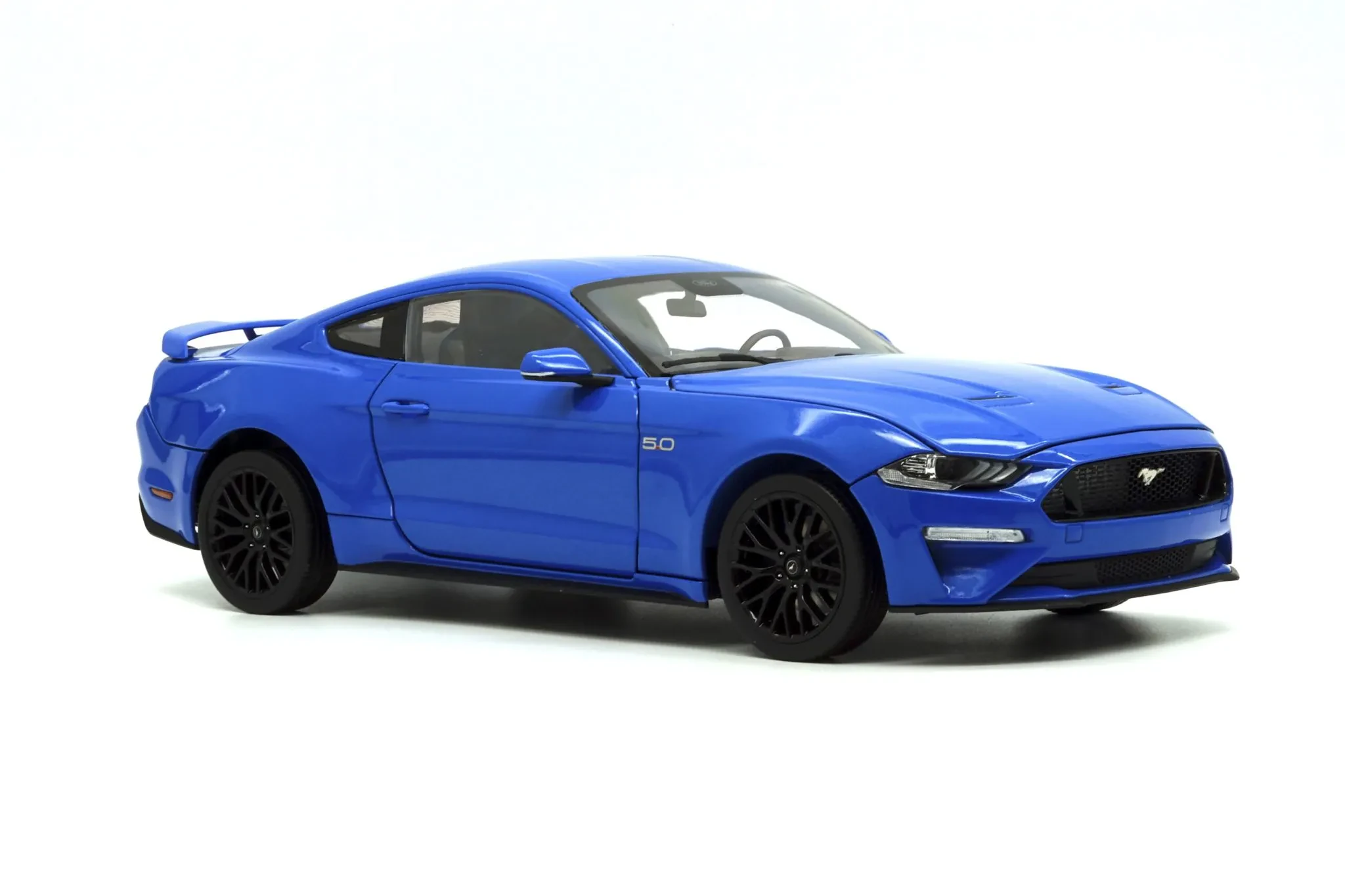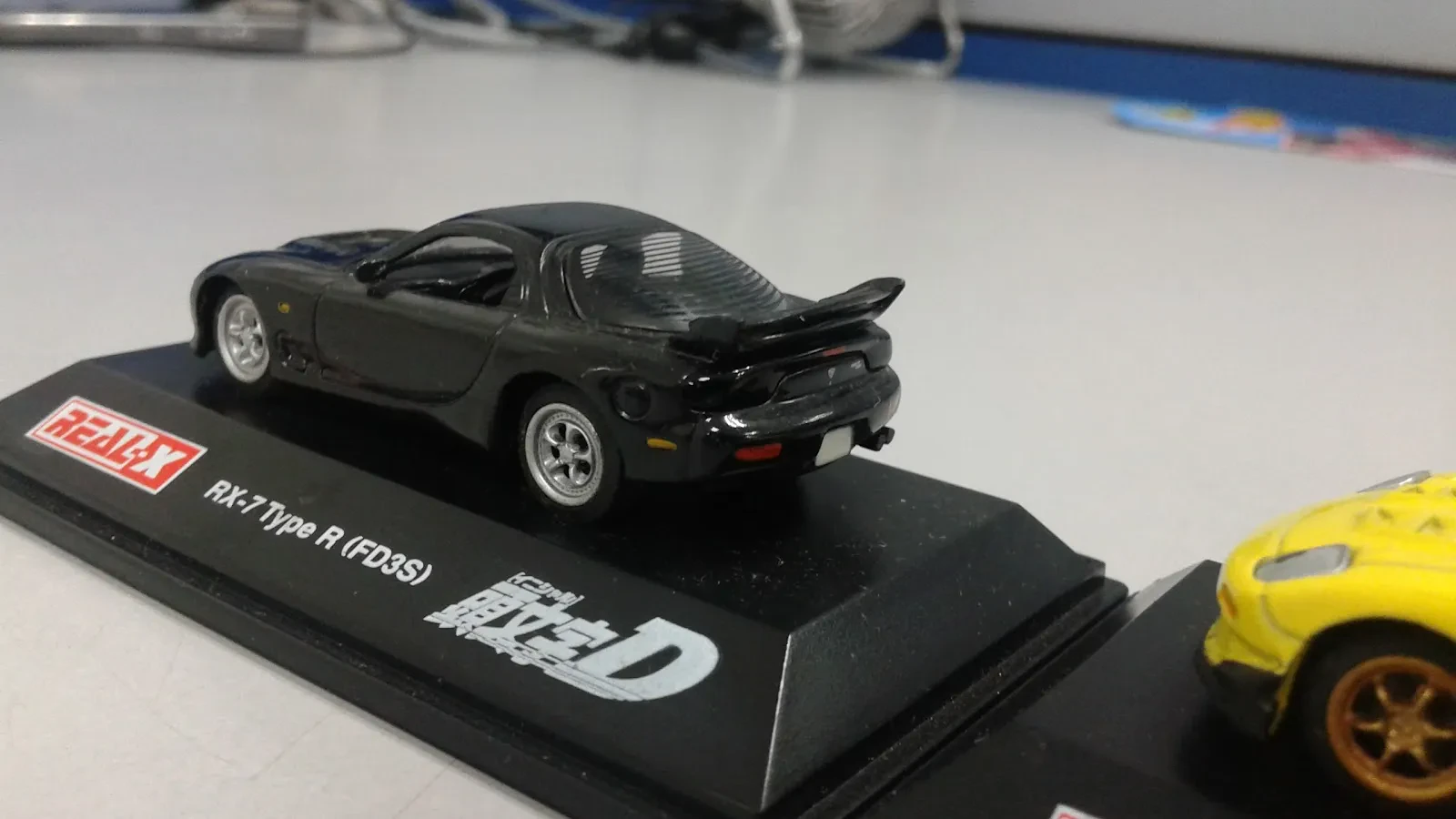So, you’re into cars, maybe you’re even thinking about starting a collection. But you’ve stumbled across ‘diecast’ models and are a little puzzled. It’s easy to get confused, so let’s clear things up. This article explains the key differences between owning a real car and owning a diecast model car.
What is a Real Car?
This one’s pretty straightforward! A real car is, well, a real, functioning vehicle you can drive. It’s made from metal, glass, rubber, plastic, and countless other components. It’s designed to transport people or goods, and it requires maintenance, insurance, and fuel to operate.

And What About Diecast Models?
Diecast models are miniature replicas of real cars. The name ‘diecast’ comes from the manufacturing process: molten metal (usually zinc alloy) is injected into a metal mold under high pressure. This creates a very durable and detailed miniature car body.

These models are often highly detailed, with features like opening doors, hoods, and trunks. They can range from very simple and inexpensive to incredibly complex and expensive collector’s items. Some high-end models even include working parts, like functioning steering wheels!
Key Differences: Real vs. Diecast
- Real cars are functional; diecast models are not.
- Real cars are expensive to buy, maintain, and insure; diecast models vary in price but are generally much more affordable.
- Real cars require fuel and regular maintenance; diecast models only need occasional cleaning.
- Real cars can be driven and enjoyed on the open road; diecast models are typically collected, displayed, and sometimes played with gently.
- Real cars depreciate in value; certain diecast models, particularly rare or vintage ones, can appreciate in value.
Materials and Manufacturing
Real cars involve a complex assembly process using diverse materials, including steel, aluminum, plastics, rubber, and glass. Diecast models, on the other hand, primarily use zinc alloy for the body, and other materials like plastic for interiors and smaller details.

Scale and Detail
Diecast models are produced in various scales, commonly 1:18, 1:24, and 1:64, representing a ratio of the model’s size to the real car. The detail can be astonishingly accurate, with many models replicating intricate features of the original vehicle. Think about realistic paint jobs, working suspension, and even miniature engines!

Collecting Diecast Models
Collecting diecast models can be a fun and rewarding hobby. There are many different brands, scales, and styles to choose from, meaning you can focus your collection on specific car types, manufacturers, or even time periods. It’s a great way to appreciate automotive design and engineering without the cost and responsibility of owning a real car.
Remember to research the value of your models and store them appropriately to preserve their condition and potentially increase their worth over time.

Whether you’re a car enthusiast or just looking for a fun hobby, understanding the differences between real and diecast cars opens up a whole new world of possibilities. So, go ahead and start exploring – the world of diecast models is waiting for you!
